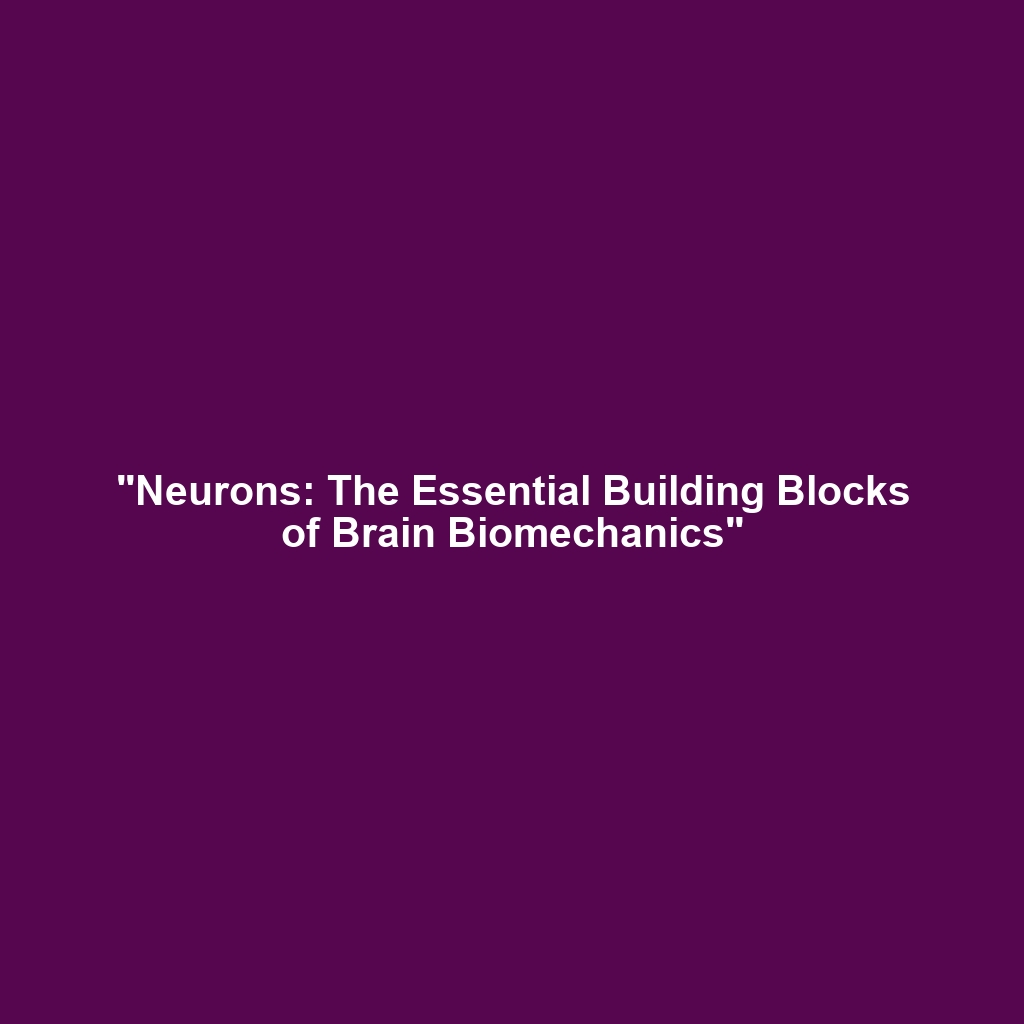Anti-Aging Drugs and Interventions: Pioneering the Future of Cryonics & Life Extension
In the quest for longevity and enhanced well-being, Anti-Aging Drugs and Interventions play a pivotal role in the broader scope of Cryonics & Life Extension. As scientific advancements unveil the complexities of aging, these innovative therapies promise not only to slow down the aging process but also to optimize health during the later stages of life. Understanding their significance is crucial for individuals and researchers alike as they navigate the exciting yet challenging landscape of lifespan extension.
Key Concepts of Anti-Aging Drugs and Interventions
Anti-Aging Drugs and Interventions represent a diverse array of therapies aimed at prolonging human lifespan and improving quality of life. Key concepts associated with this field include:
- Cellular Senescence: Understanding the role of aging cells in degenerative diseases.
- Caloric Restriction Mimetics: Compounds such as resveratrol that mimic the effects of caloric restriction.
- Telomerase Activation: Exploring how extending telomeres can rejuvenate cells.
- Genetic and Epigenetic Modulation: Interventions that alter gene expression to delay aging processes.
These concepts demonstrate how Anti-Aging Drugs and Interventions not only fit within but are essential to advancing the field of Cryonics and Life Extension.
Applications and Real-World Uses
The practical applications of Anti-Aging Drugs in Cryonics & Life Extension highlight their growing importance in modern medicine:
- Nutraceuticals: Supplements that optimize health and extend lifespan.
- Pharmaceuticals: Drugs like metformin and rapamycin, known for their anti-aging effects.
- Regenerative Medicine: Cellular therapies that restore function in aged tissues.
How Anti-Aging Drugs are used in Cryonics & Life Extension continues to evolve, with numerous research studies showcasing real-world efficacy.
Current Challenges in Anti-Aging Research
Despite the promising landscape, several challenges remain in studying and implementing Anti-Aging Drugs:
- Lack of comprehensive clinical trials.
- Regulatory hurdles affecting drug approval.
- Ethical considerations regarding longevity treatments.
- Public misconceptions about aging and associated therapies.
These challenges of Anti-Aging Drugs within the scope of Cryonics & Life Extension present significant hurdles that researchers are working diligently to overcome.
Future Research and Innovations
The future of Anti-Aging Drugs and Interventions holds immense potential, with ongoing research aimed at revolutionizing our understanding of aging:
- Investigation into next-gen CRISPR technologies for gene editing.
- Development of senolytic drugs targeting aged cells.
- Innovative approaches to rejuvenation through stem cell therapies.
Upcoming innovations are set to redefine the possibilities within Cryonics & Life Extension, paving the way for novel therapies that enhance human life.
Conclusion
Anti-Aging Drugs and Interventions hold significant promise for extending lifespan and improving the quality of life, particularly in the context of Cryonics & Life Extension. As we continue to explore this enthralling field, it becomes imperative to address the associated challenges and invest in future research. For those intrigued by the intersection of science and longevity, a deeper dive into related topics can provide valuable insights. Explore more about gene therapies and regenerative medicine as we stand on the brink of a new era in life extension.


